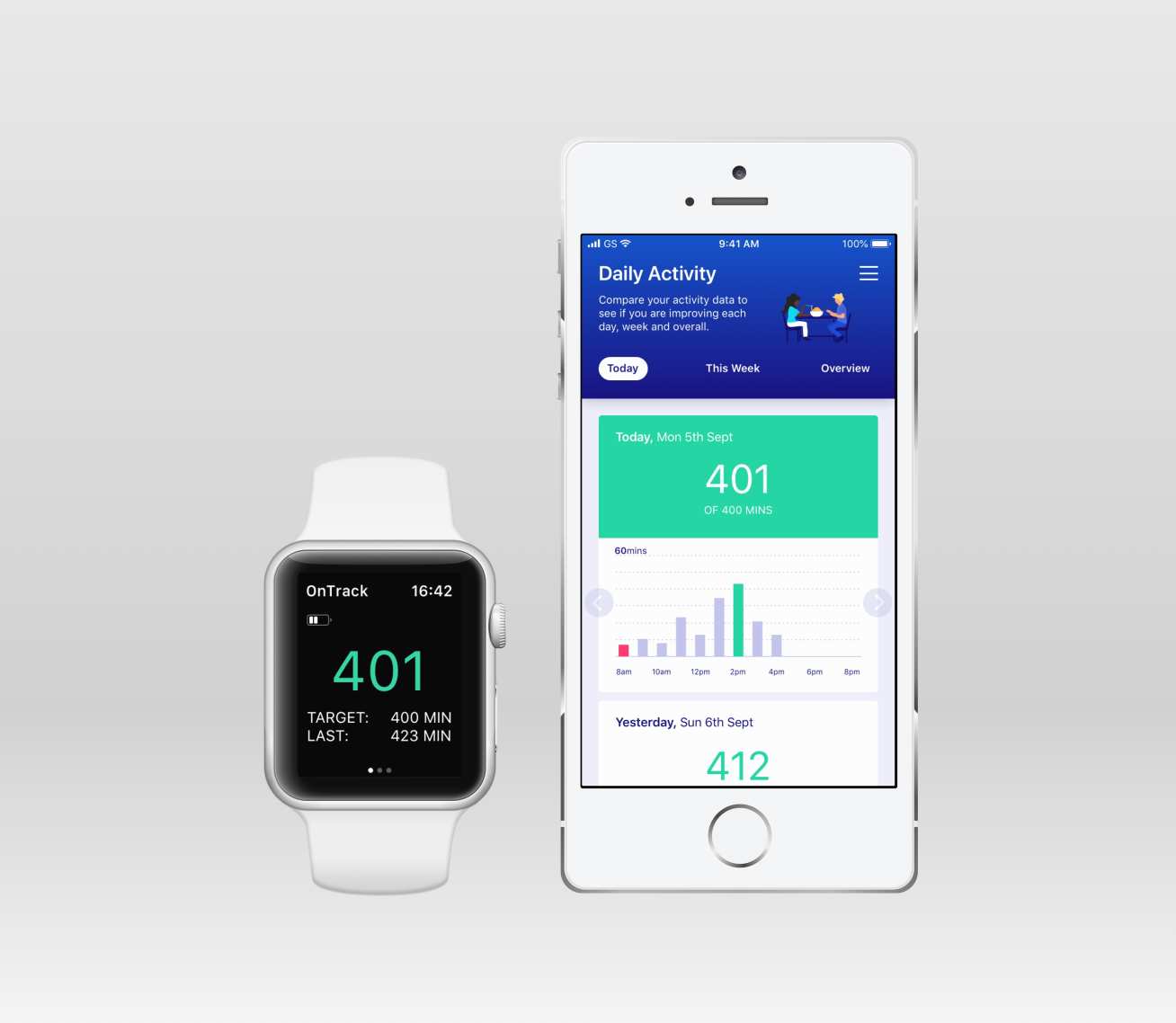Damn it all, we don't need motivation for survivors. WE NEED MOTIVATION FOR DOCTORS AND STROKE RESEARCHERS TO SOLVE STROKE PROBLEMS.
Motivation wouldn't be a problem if you had an EXACT NUMBER of repetitions to cure various disabilities.
Maybe tackle a few of these?
The current state of stroke is a complete failure. None of the following have cures.
1. 30% get spasticity NOTHING THAT WILL CURE IT.
2. At least half of all stroke survivors experience fatigue Or is it 70%?
Or is it 40%?
NOTHING THAT WILL CURE IT.
3. Over half of stroke patients have attention problems.
NOTHING THAT WILL CURE IT.
NO PROTOCOLS THAT WILL CURE IT.
4. The incidence of constipation was 48%.
NO PROTOCOLS THAT WILL CURE IT.
5. No EXACT stroke protocols that address any of your muscle limitations.
6. Poststroke depression(33% chance)
NO PROTOCOLS THAT WILL ADDRESS IT.
7. Poststroke anxiety(20% chance) NO PROTOCOLS THAT WILL ADDRESS IT.
8. Posttraumatic stress disorder(23% chance) NO PROTOCOLS THAT WILL ADDRESS IT.
9. 12% tPA efficacy for full recovery NO ONE IS WORKING ON SOMETHING BETTER.
10. 10% seizures post stroke NO PROTOCOLS THAT WILL ADDRESS IT.
11. 21% of patients had developed cachexia NO PROTOCOLS THAT WILL ADDRESS IT.
12. You lost 5 cognitive years from your stroke NO PROTOCOLS THAT WILL ADDRESS IT.
13. 33% dementia chance post-stroke from an Australian study?
Or is it 17-66%?
Or is it 20% chance in this research?
NO PROTOCOLS THAT WILL ADDRESS THIS
Trial of stroke rehabilitation app launches
A trial of a digital app
designed to support stroke survivors through their rehabilitation has
begun recruiting its first patients.
Called OnTrack Rehab, the platform uses applications for both
smartphones and smartwatches, and aims to facilitate arm rehabilitation
through daily monitoring and tailored coaching, both online and
face-to-face.Led by the Helix Centre, part of the College’s Institute of Global Health Innovation, the study builds on an early prototype that showed encouraging early results with 10 patients. Now, researchers will evaluate the intervention with a larger cohort of stroke survivors and begin to identify who might benefit most.
“Stroke is the number one cause of disability in the UK and the journey towards recovery is often long and arduous, with many reporting that they don’t feel supported once they leave hospital,” said Gianpaolo Fusari, Senior Designer at Helix and OnTrack project lead.
“With OnTrack, we want to empower and motivate stroke survivors in their own recovery, to not only enable a more effective rehabilitation process and greater independence, but also alleviate the burden on carers and stretched health systems.”
The long road to recovery
People who have survived a stroke commonly experience difficulty using their arms, affecting as many as 80% of patients. This can cause them to lose their independence, which not only impacts their lives and those of their families, but also health systems that dedicate resources to providing care and rehabilitation in the home.Repetitive exercises can help stroke survivors regain the use of their arm. But achieving results can demand hundreds of hours of activity, and national guidelines of recommended daily amounts of exercise are often not met. Many patients feel isolated upon leaving hospital to return home, and lose the motivation to carry out the intense programme of activity required.

“One of the benefits of OnTrack is that it offers a window into people’s activity in between therapy sessions – at the moment insight into this crucial time relies on self-reporting, so we don’t really know whether people are keeping up with their exercises,” said Ella Gibbs, a physiotherapist and Helix Clinical Researcher on OnTrack.
“But with OnTrack we can measure progress and tailor their treatments accordingly, which could ultimately mean patients achieve a better outcome.”
Measuring, learning, improving
Early results have shown an average activity increase of 20% in patients, translating to roughly an extra hour of arm activity per day. While promising, a more robust study and evaluation are required to demonstrate that such results are due specifically to OnTrack, which this new feasibility study will help towards.Funded by the Biomedical Research Council and in collaboration with the Imperial College Healthcare NHS Trust, the study will use machine learning on the data gathered to make further improvements to the algorithm, while also assessing OnTrack’s effectiveness at improving arm function.
While the app is currently designed for Apple technology, the researchers have plans to extend the platform to other devices, and future work will also investigate whether OnTrack could have applications beyond stroke, such as for people with Parkinson’s disease or those recovering from surgery.
“After years of research and development, working in close collaboration with hundreds of stroke survivors, carers and therapists, we’re incredibly excited to begin to show the potential of OnTrack to aid effective rehabilitation and complement the efforts of professionals and informal carers,” said Daniel Dickens, Managing Director of the Helix Centre.
“We hope that in the future, OnTrack can become an integral part of NHS and other stroke services, helping more people along the path to recovery.”
No comments:
Post a Comment